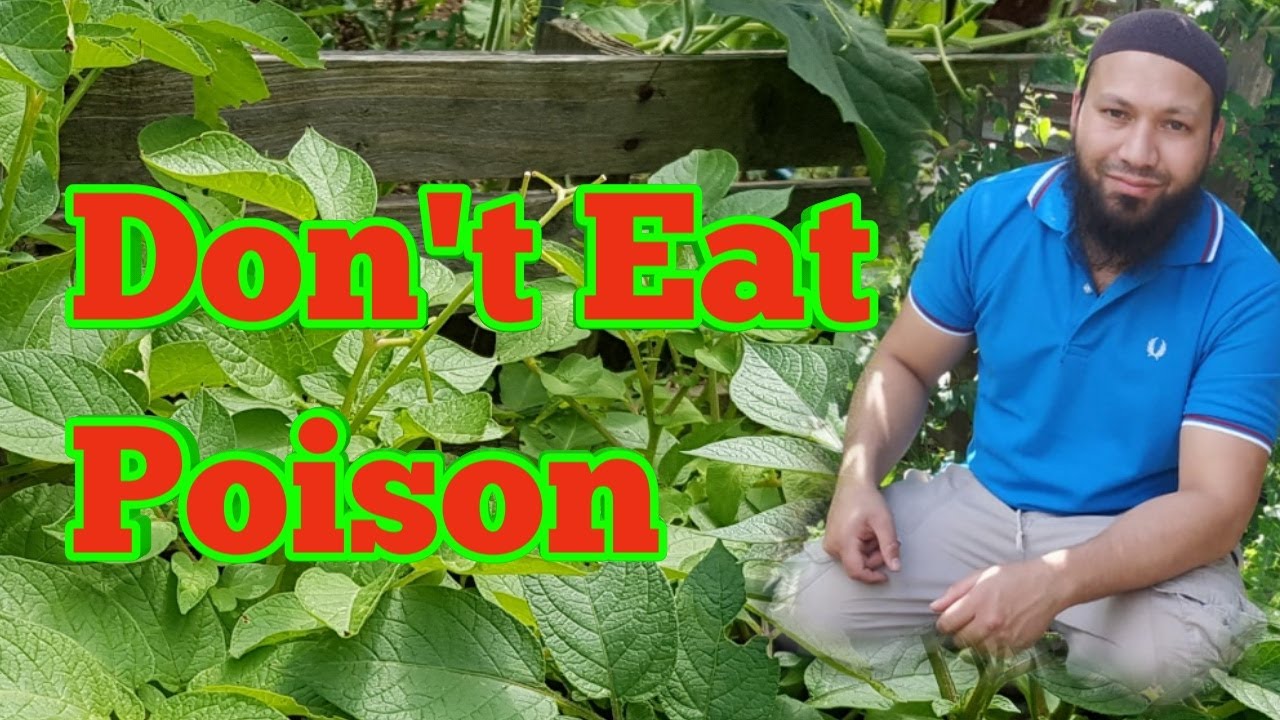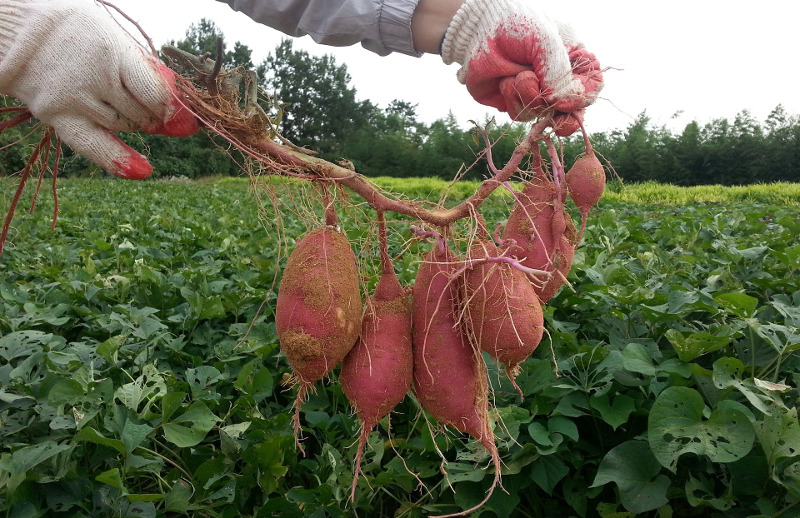Sweet Potato Leaves: Are They Really Poisonous?
Sweet potatoes are a dietary staple appreciated for their versatility and nutritional benefits, often featuring in an array of culinary dishes from fries to sweet potato pie. However, an often overlooked question is: what about the leaves of the sweet potato plant? Can sweet potato leaves be incorporated into our diet, or do they carry the risk of being poisonous? This article delves into the safety and potential of sweet potato leaves as both a food source and in agrarian practices.

The sweet potato (Ipomoea batatas) is related to the morning glory family, and while most people are familiar with its roots, the leaves are not as commonly recognized for consumption. When considering the safety of consuming sweet potato leaves, it’s important to address potential toxicity. There are myths and varied claims about the edibility of these leaves, often stemming from confusion with other toxic plants in the same genus, like Ipomoea purpurea (common morning glory), which contains potent glycosides, albeit in different concentrations than sweet potato.
Contrary to popular belief, sweet potato leaves are not inherently poisonous. Research indicates that when properly prepared, the leaves can actually be a nutritious addition to the diet. They contain high levels of vitamins A and C, iron, calcium, and antioxidants, which are pivotal for health. However, like many greens, they can contain oxalic acid and if consumed in large amounts, might contribute to kidney stone formation. It’s the preparation that makes the difference, with cooking reducing the levels of any potentially harmful compounds.
In some cultures, particularly in regions of the Philippines, West Africa, and Oceania, sweet potato leaves are not only consumed but celebrated for their health benefits. They are often cooked with spices or combined with other vegetables, delivering a nutritious green. The nutritional profile includes:
- Vitamins: A, C, and vitamins of the B complex
- Minerals: Iron, calcium, magnesium
However, caution should still be exercised. Here are some tips for safely eating sweet potato leaves:
-
Selection: Choose fresh, vibrant, green sweet potato leaves. Avoid those that are yellowing or show signs of pest damage.
-
Preparation: Thoroughly wash the leaves to remove dirt or any potential residue from pesticides or environmental contaminants. Wilted or shriveled leaves might not be ideal for consumption.
-
Cooking: Cooking denatures any low-level toxins, including oxalic acid. Options include light boiling, sautéing, or stir-frying with oil or butter.
-
Moderation: Even with safe consumption, moderation is key. Eating too many leaves can increase the risk of kidney stone formation due to oxalates.

It’s also worth noting that while sweet potato leaves are generally safe for humans and can be integrated into our diet with care, pets should not be fed these leaves as they might contain alkaloids that can be toxic to pets like dogs and cats.
From an agricultural perspective, sweet potato leaves play another role. They can be used as green manure. When turned into the soil, they decompose rapidly, enriching it with organic matter and helping to control weeds, pests, and diseases. This provides a sustainable way to improve soil health without relying heavily on chemical fertilizers, which aligns with organic farming practices.
In exploring the multifaceted uses of the sweet potato plant, we not only discover an often overlooked vegetable component but also uncover the plant’s potential in agronomy. The leaves are not merely an alternative food source; they offer a pathway to promote sustainable agricultural practices and enrich dietary variety. Thus, while the awareness of sweet potato leaves as a food or soil enhancer is still burgeoning, their inherent properties and culinary versatility hold the promise for both nutritional and environmental benefits. With proper knowledge and preparation, sweet potato leaves can safely become a part of our diet, potentially enriching our health and our farms.



